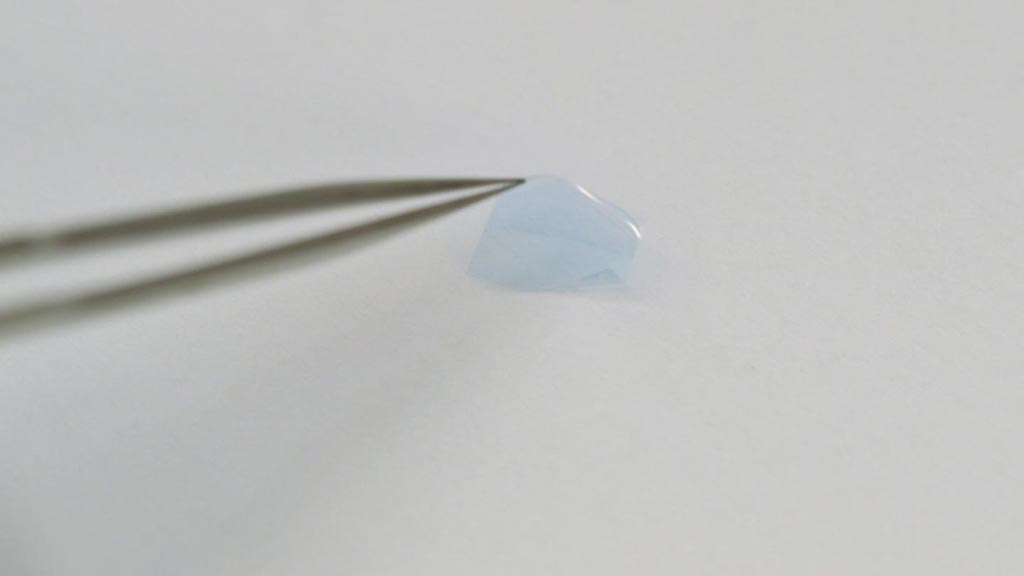Plasmonic Patch Boosts Diagnostic Fluorescence Intensity
By MedImaging International staff writers
Posted on 18 Jul 2018
A new study shows how a high-tech add patch uses metal nanostructures to increase the fluorescent brightness of diagnostic tests one-hundred fold.Posted on 18 Jul 2018
Developed by researchers at Washington University School of Medicine (WUSTL; St. Louis, MO, USA) and the Air Force Research Laboratory (AFRL; Wright-Patterson Air Force Base, OH, USA), the plasmonic patch is a flexible, conformal elastomeric film with adsorbed nanostructures that offer a simple and universal method to provide large (up to 100-fold) and uniform fluorescence enhancement on a variety of surfaces, by simply transferring the patch to the surface in question.

Image: A high-tech patch utilizes metal nanostructures to increase the fluorescence intensity by 100 times (Photo courtesy of WUSTL).
According to the researchers, the plasmonic patch can improve the sensitivity and limit of detection of fluorescence-based immunoassays, and represents a fundamental enabling technology to immediately improve the sensitivity of existing disease, biomarker, and application agnostic analytic methodologies. The researchers suggest it could be particularly useful in a microarray chip, which enables simultaneous detection of tens to hundreds of analytes in a single experiment. The study describing the plasmonic patch was published in the July 2018 issue of Light: Science and Applications.
"It's a thin layer of elastic, transparent material with gold nanorods or other plasmonic nanostructures absorbed on the top,” said lead author Jingyi Luan, MSc, a graduate student at WUSTL. “These nanostructures act as antennae; they concentrate light into a tiny volume around the molecules emitting fluorescence. The fluorescence is dramatic, making it easier to visualize. The patch can be imagined to be a magnifying glass for the light.”
“The plasmonic patch will enable the detection of low abundance analytes in combination with conventional detection methodologies, which is the beauty of our approach,” concluded co-senior author Rajesh Naik, PhD, chief scientist of AFRL's 711th Human Performance Wing. “All a researcher or lab tech needs to do is prepare the sample in the usual method, apply the patch over the top, and then scan the sample as usual.”
Fluorescence-based techniques have radically transformed biology and life sciences by unraveling the genomic, transcriptomic, and proteomic signatures of disease development, progression, and response to therapy. However, the occurrence of a “feeble signal” has been a persistent and recurring problem in imaging techniques that rely on fluorescence. Overcoming this fundamental challenge without the use of specialized reagents, equipment, or significant modifications to well-established procedures is a holy grail in the field of biomedical optics.
Related Links:
Washington University School of Medicine
Air Force Research Laboratory














